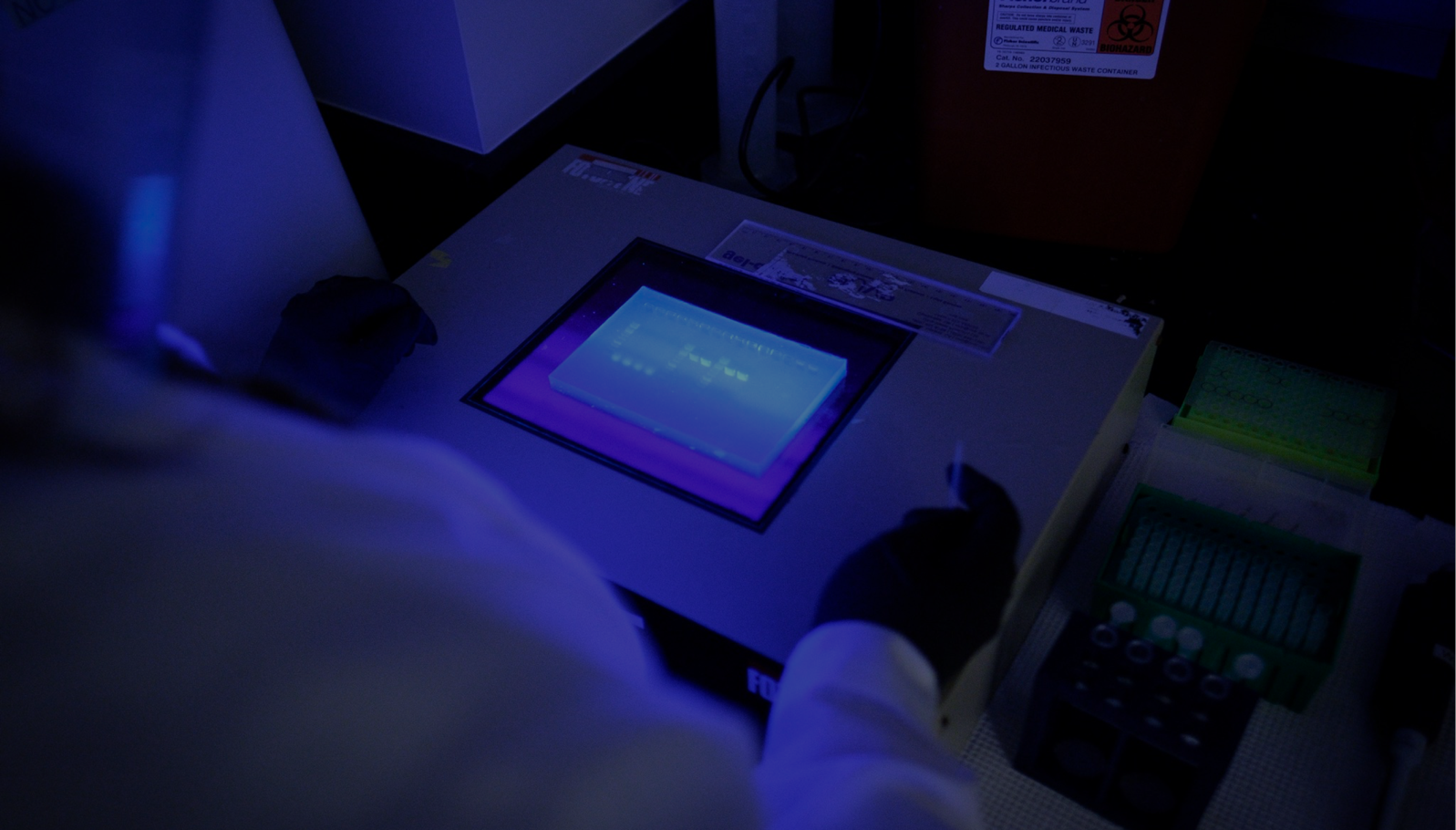Overview

Naegleria fowleri can cause a rare and devastating infection of the brain called primary amoebic meningoencephalitis (PAM).
The amoeba is commonly found in warm freshwater (e.g., lakes, rivers, and hot springs) and soil. Naegleria fowleri usually infects people when contaminated water enters the body through the nose. Once the amoeba enters the nose, it travels to the brain where it causes PAM, which is usually fatal.
Infection typically occurs when people go swimming or diving in warm freshwater places, like lakes and rivers. In very rare instances, Naegleria infections may also occur when contaminated water from other sources (such as inadequately chlorinated swimming pool water or heated and contaminated tap water) enters the nose. Infection does not occur from swallowing water contaminated with Naegleria.
Source: Centers for Disease Control and Prevention
OUR FOCUS
CERID's work involves structural genomic studies through the Van Voorhis’ lab’s affiliated project, Seattle Structural Genomics Center for Infectious Disease and in collaboration with the Kyle lab at University of Georgia.
Associated labs



